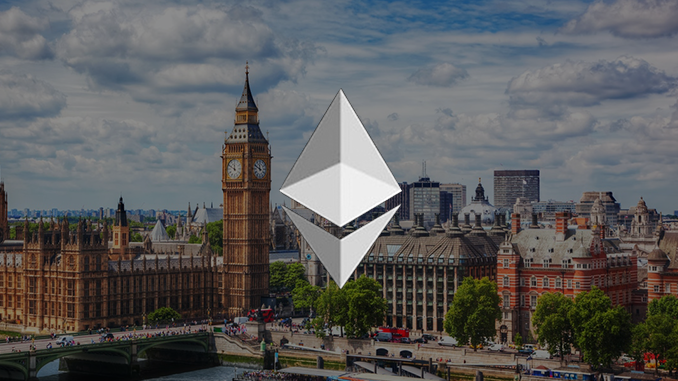
The London upgrade is expected to be activated on Ethereum (ETH) in the early afternoon today (Thursday). There, the detail EIP-1559 is in the focus of investors, as it regulates transaction fees on ETH in a new way.
Ethereum (ETH) is expecting a major advancement today (Thursday), which is to come with the upgrade London and in particular the module EIP-1559. London is set to go live on Ethereum’s blockchain with block 12965000 and the countdown predicts this to happen at 13:30 German time. Even investors who otherwise have little interest in technological details of upgrades should pay attention here at Ethereum. That’s because the now-included EIP-1559 upgrade proposal has the potential to impact ETH’s price curve.
The reason for this is that EIP-1559 directly addresses the problem issue of transaction fees on Ethereum. These transaction fees, when converted to U.S. dollars, are currently often $10 or more in the Ethereum ecosystem, hindering mass adoption of DApps and DeFi offerings. While the London upgrade and EIP-1559 cannot change this: ETH’s blockchain can only handle around 15 transactions per second (TPS) and therefore often reaches its technological limits. But EIP-1559 is intended to ensure that the previous auction system for transaction fees on Ethereum is leveraged and orders are processed at a fixed price in an orderly sequence.
For this purpose, the current distribution system of transaction fees, which are normally settled in the ETH subunit Gwei, will be turned upside down. Until now, these went to the miners who validly write transactions with their nodes. Since these transaction fees were not fixed in Ethereum, miners preferred those orders where higher gas fees were offered. EIP-1559 now automatically sets transaction fees based on network utilization. And the Gwei collected in this way no longer goes to the miners, but is used – also automatically – to buy back ETH from the open market and destroy it (burne).
EIP-1559 on Ethereum also concept against inflation.
To this end, it is important to know: Unlike Bitcoin with its fixed maximum number of 21 million BTC, Ethereum has no limit anchored in the code after which no more ETH can be generated. Each new block on Ethereum generates 2 ETH. This currently leads to an inflation rate on Ethereum of about 4 percent annually (for comparison, Bitcoin inflation is about 1.8 percent annually until the next halving). So not only does EIP-1559 make transaction fees more predictable on Ethereum, it also has an anti-inflationary effect by burning ETH.
Upgrade London must prove itself in practice for Ethereum
Investors are now eagerly watching to see what EIP-1559 will do for Ethereum in practice. After all, a backdoor remains to push transactions to the fast lane. Via an “inclusion fee”, clients can offer a tip and thus again induce miners to preferentially pick out individual transactions for processing. Fast validation of transactions is very important, especially in the DeFi sector, where strategies are based on real-time.
The “inclusion fee” should calm down the miners who protested against EIP-1559 in advance. After all, Upgrade London on Ethereum deprives them of a profitable revenue stream and could have brought about an unwanted hard fork. Ethereum has already experienced this in 2016 with the splintering of Ethereum Classic and would like to avoid such a discordant hard fork if possible. Ethereum miners ultimately realized this as well, and have now demonstrated universal agreement with London and EIP-1559 in the end.
Conclusion: Via Upgrade London slowly towards Ethereum 2.0
Anticipating a win-win situation for the Ethereum ecosystem through EIP-1559, ETH has recently seen its price curve rise well above the overall cryptocurrency market, trading up about 8 percent in the last 24 hours alone. So the market has already priced in a successful launch for London on Ethereum and expects the concept of EIP-1559 to work out in practice. In the medium term, eyes are on Ethereum 2.0, which is expected to future-proof ETH’s blockchain in terms of TPS and energy hunger. To do so, Ethereum 2.0 will switch protocols from proof-of-work to proof-of-stake. However, the target date of 2021 seems to be too tight for experts and meanwhile Ethereum 2.0 is more realistic for 2022. If everything goes smoothly, Upgrade London and EIP-1559 will provide a solution by then in order not to come under even more pressure from competitors such as Polkadot (DOT) or Solana (SOL) due to excessively high transaction fees.
Best place to buy Bitcoin and Ethereum:

Leave a Reply